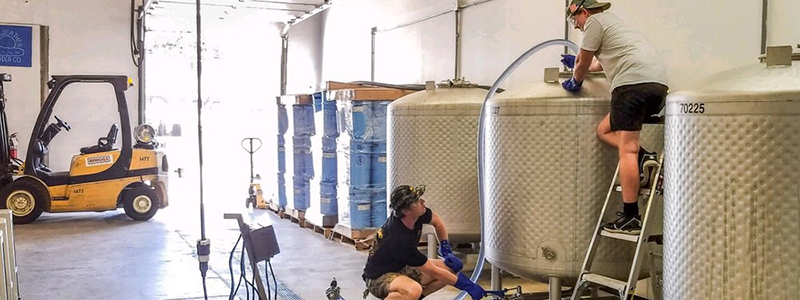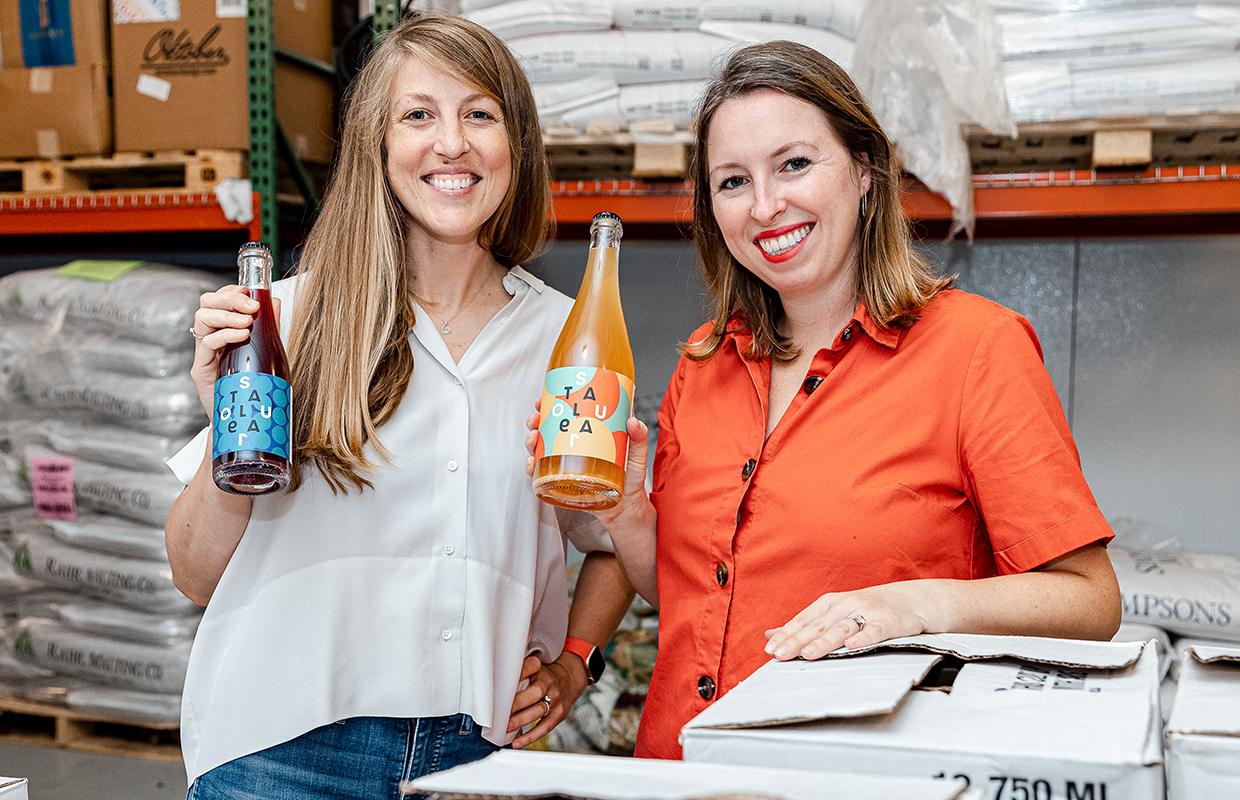
The craft cider market is really just a rounding error, if you think of it. At least that’s how Ben Wenk of Ploughman Cider described the miniscule percent of overall US alcohol sales that he and many fellow craft cideries are selling to the drinking public.
“Cider, across the spectrum of alcoholic drinks, is still less than 1 percent of beer,” he noted. “Of that 1 percent, 80 percent of the market share is being occupied by large companies that make cider in ways far different from our own. So we’re talking about a fraction of a fraction.”
So Wenk, and many others try to gain insights into which regional markets have an affinity for cider to begin with, then try to ascertain which accounts in those regions attract a clientele who value a connection to local agriculture and understand the value in what Ploughman and other cideries are trying to do — orchard-based, long fermentation/maturation periods, and full juice ciders.
“[It’s] very ‘needle-in-a-haystack,’ but it’s the only thing we can control ourselves,” he said.
That can mean looking for new markets to share your story with on a constant basis, or adapting your role in your community.
The search for new clients or at least expounding on opportunities for growth has now became a two-part discussion for Kekionga Cider said co-founder Tyler Butcher.
”We want to increase sales in our tap room by having more taps, live music, food vendors, and such,” he said. “We also have had discussion about an additional tasting room — or rooms — in other parts of the region. Secondly, we are beginning to make moves to be more aggressive in our retail distribution. We have increased our target areas to expand outside of Northeast Indiana.”
That meant locking in the cidery’s four core flavors for package and keg sales.
John Staples of Fairweather Cider said there are certainly a bunch of very well-funded national brands that had the horses to really ride the wave of the cider renaissance which started happening in Texas in about 2010.
”A lot of people jumped into the game and were — and still are — making wine coolers that were branded and sold as hard cider to simplify production and capitalize on a promising new market,” he said. ”So at this point there is somewhat of a paradox where you have a bunch of producers selling very sweet ciders that are relying heavily on buzzwords to keep up with trends.
”Then on the other end you have traditionalists that often times are making really cool stuff but sometimes can be unapproachable to a potential end-consumer by being large format and somewhat expensive or otherwise jargony and nerdy and using verbiage that is only relevant to a very small sector of the market.”
Staples added that there is this emerging ‘modern cider’ category that is becoming more relevant every day.
”These are producers that don’t necessarily rely on heirloom varietals but also don’t want to make cider from concentrate,” he explained. “Modern producers usually rely on post fermentation infusions like dry-hopping or using herbs and vegetables to contribute to aromatic complexity but still communicating something simple to customers.
”We are very firmly in this category.”
Staples said there is a hole in the Texas market where Fairweather feels it could fit nicely into.
”So far the consumers in Texas largely don’t know about us but we are expanding production pretty heavily and are about to start working with some monster accounts that we simply did not have to bandwidth to approach sooner,” Staples said. ”I would say so far people have been pumped.”






1 Trackback / Pingback